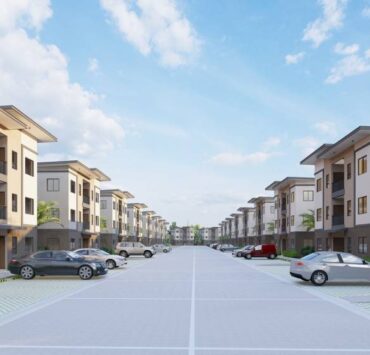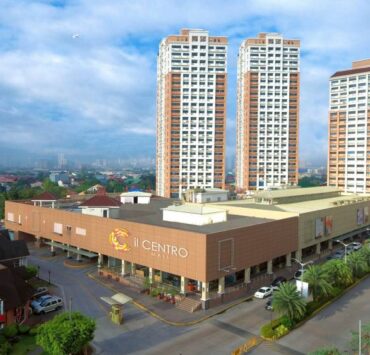The quiet genius behind affordable homes
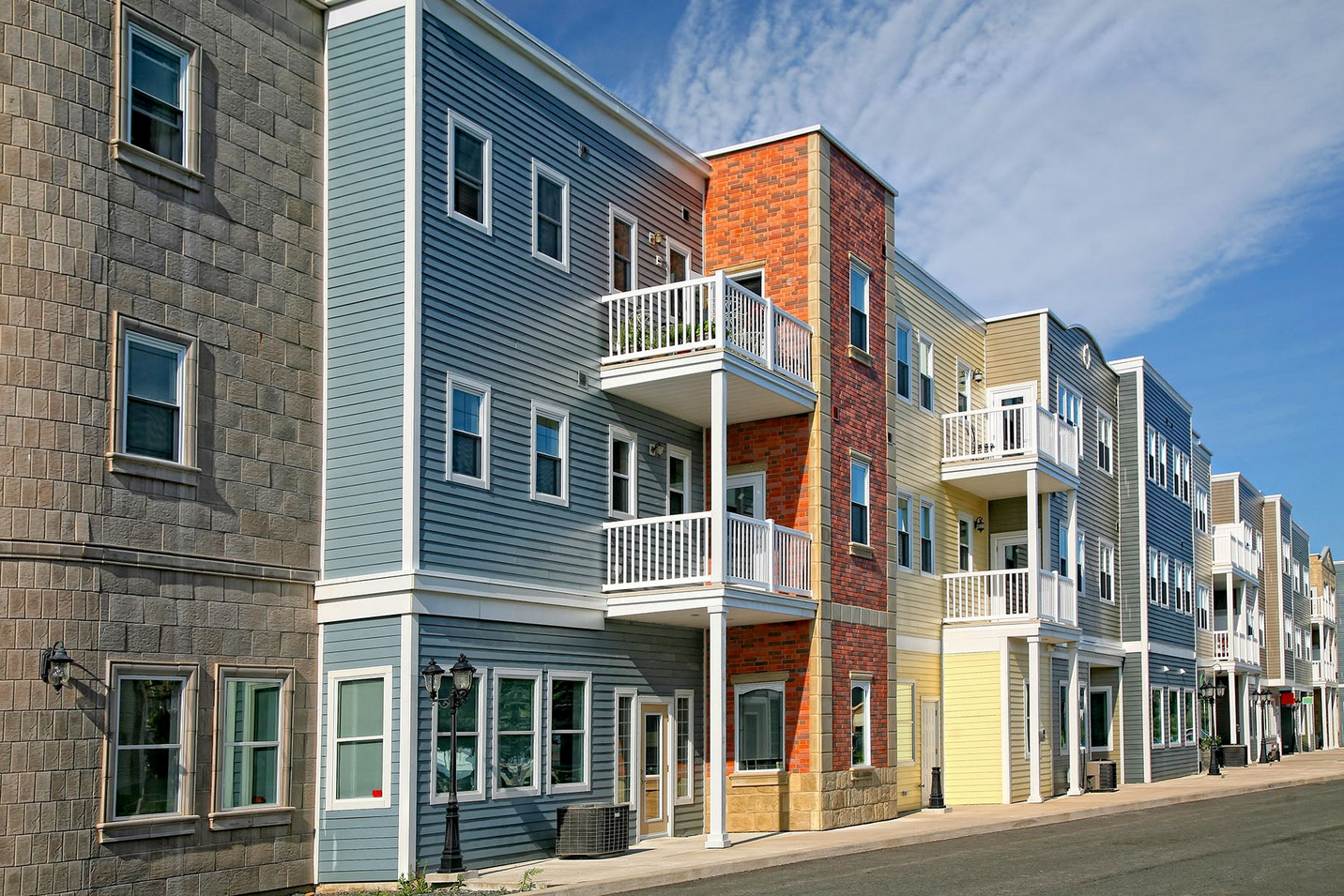
The demand for affordable housing in the Philippines never truly fades. It is a constant undertone beneath the buzz of premium real estate.
And yet, building affordable homes is often seen as a constraint rather than an art. The truth is more subtle. Within limited budgets lies a unique design challenge that rewards mastery, insight, and ethical grit. It goes beyond meeting quotas, aiming instead to create meaningful and livable responses to the aspirations of every family.
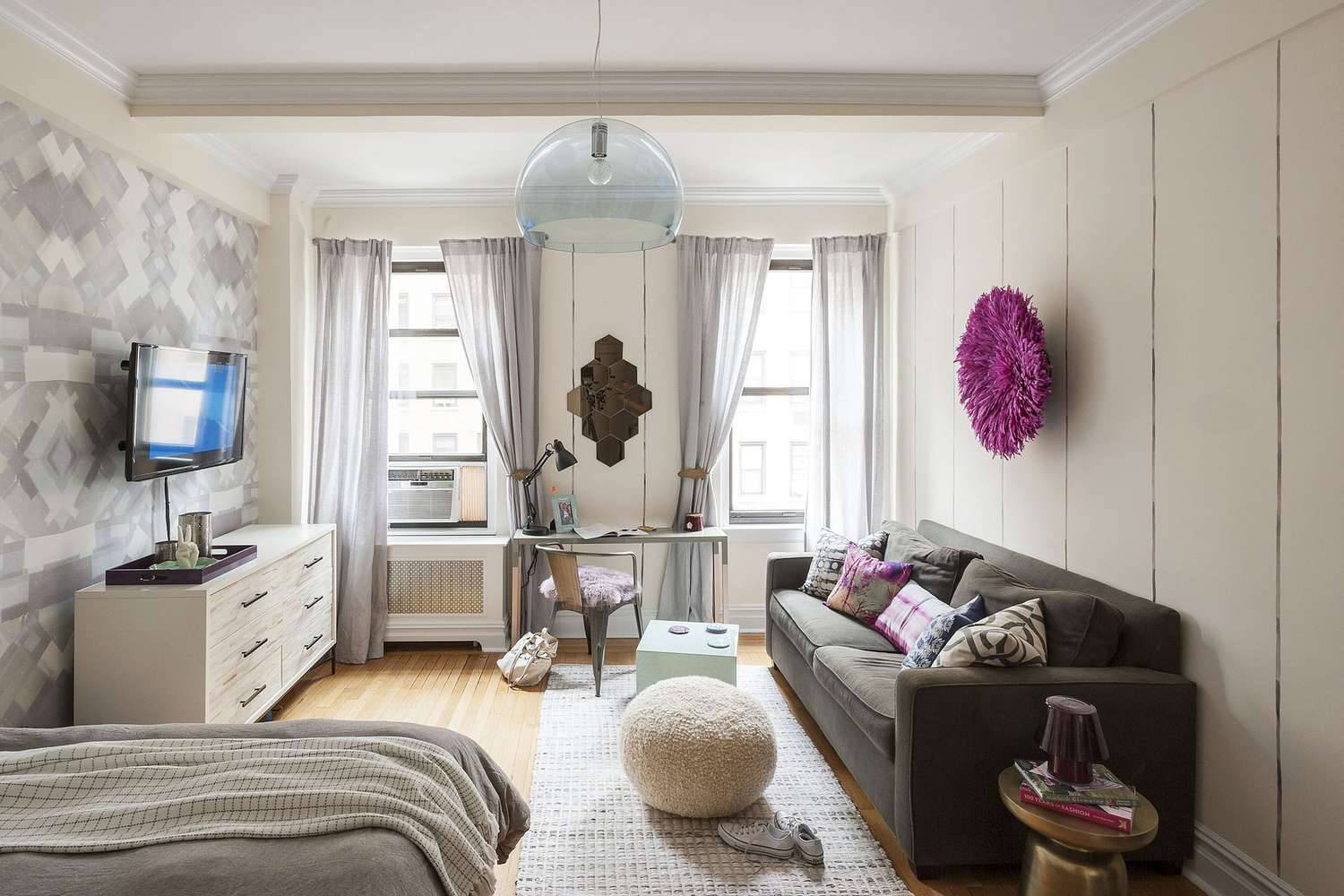
The science of less
Great affordable housing begins with deep systems thinking. Space efficiency becomes sacred. Every square meter is optimized for multiple uses: sleeping, working, gathering, and leisure. Floor plans function like choreography, orchestrating movement efficiently while preserving comfort and dignity.
Construction materials are selected based on cost, life cycle, and environmental impact. Lightweight concrete panels, precast systems, and steel framing help reduce waste and labor hours. Modular MEP kits and prefabricated assemblies allow consistency and speed.
Energy efficiency is embedded from the start. Roof insulation, solar-ready configurations, and LED lighting plans are standard inclusions in many progressive developments.
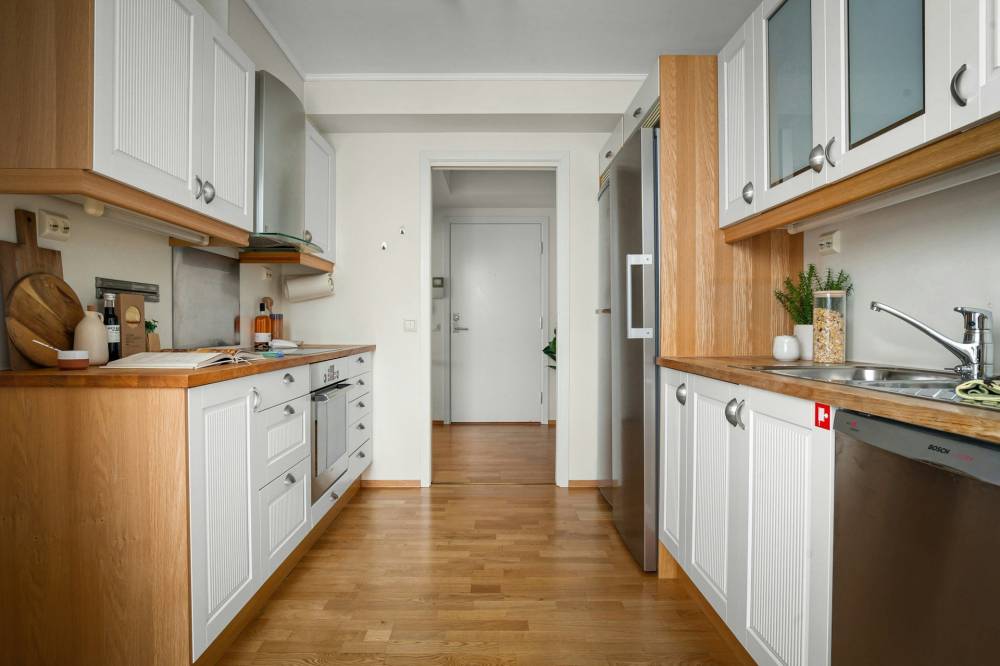
Kitchens, bathrooms, and small luxuries
The kitchen, often the heart of the home, benefits from natural ventilation, ample counter workspace, and proximity to utility zones. Strategic layout choices, such as L-shaped counters or fold-down tables, can enhance functionality even in tight footprints.
Bathrooms, too, deserve the dignity needed. Grouping them with the kitchen simplifies plumbing, but the layout, lighting, and finishes define their usability. Easy-to-clean surfaces, natural ventilation, and fixtures scaled for compact spaces turn these essential rooms into daily comforts.
Filipino builders have long mastered the outdoor wash area beside the back door. A simple roof eave and basin serve as a laundry station, plant-watering point, and pet bath. These are the small decisions that elevate a home’s rhythm.
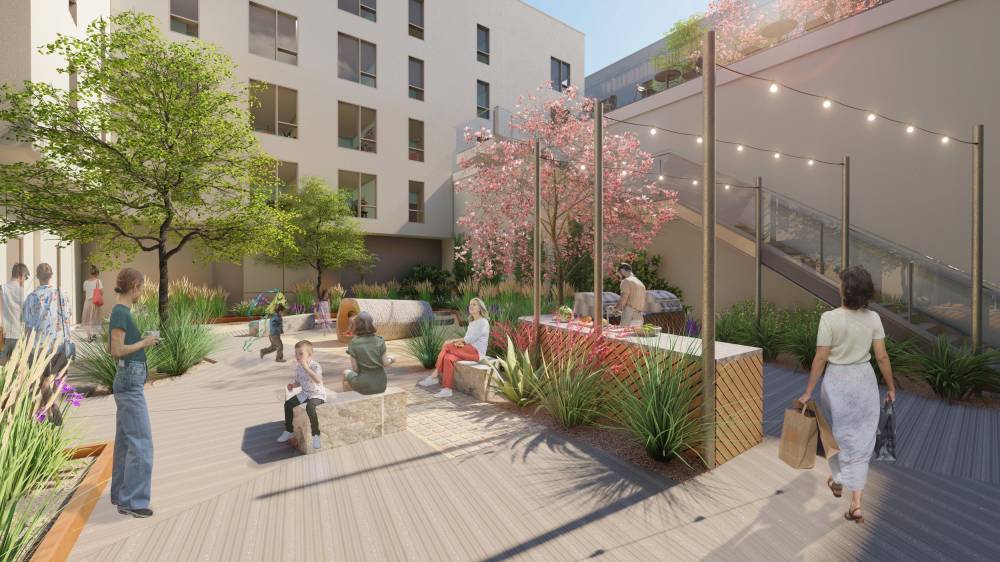
The hidden artistry
Frugality with warmth requires discernment. Paint tones, daylight access, air cross-ventilation, and spatial proportions become understated luxuries with bright facades, large windows, and shaded outdoor transitions.
Landscaping with native flora, permeable walkways, and upcycled materials infuses the environment with subtle character and meaning. Shared public spaces, such as pocket parks, benches, and community gardens, anchor neighborhood identity. They encourage connection, transforming residents into a community.
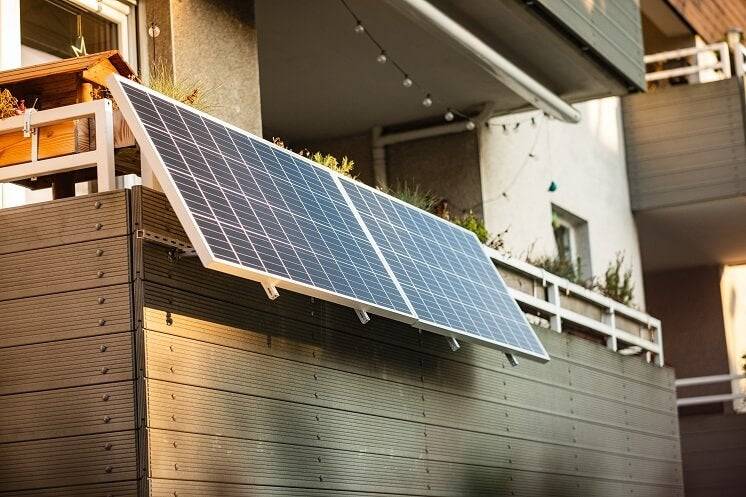
Trade secrets from the field
Among experienced affordable housing practitioners in the Philippines, several strategic practices consistently emerge.
Clustered utilities. Wet areas such as bathrooms and kitchens are grouped or vertically aligned to streamline piping and simplify MEP works. This reduces both construction costs and long term maintenance complexity.
Material sourcing partnerships. Long term relationships with regional suppliers offer cost advantages in logistics and procurement. These networks support regional economies while enhancing pricing stability in volatile markets.
Creative variability. Standardized furniture and storage solutions offer customizable options, making organization and interior design more efficient while allowing homeowners to add a personal touch.
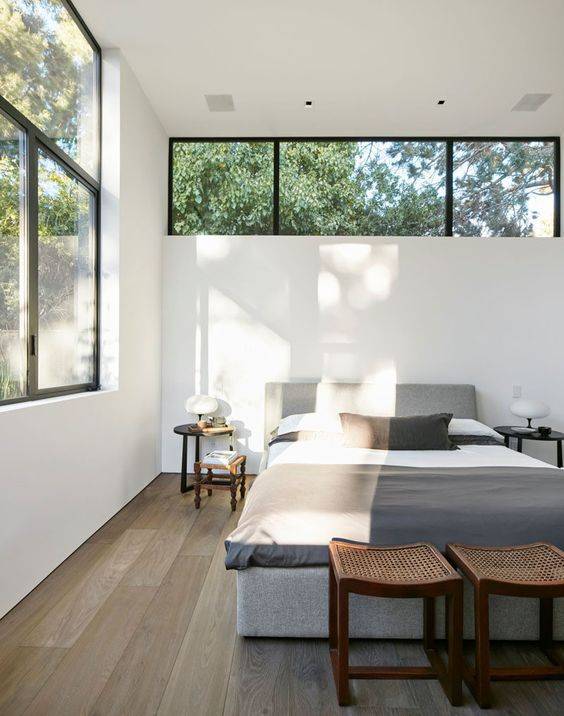
Why it still matters
Affordable housing forms the structural core of the Filipino working class. It fosters dignity, anchors stability, and enables social mobility. When thoughtfully conceived, it revitalizes entire communities and strengthens national resilience.
Meaningful support from government policy, private-sector ingenuity, and community-driven participation remains essential. As urbanization accelerates and land values rise, the urgency will only deepen.
The brilliance of affordable housing lies in its restraint. It shifts the question from spending capacity to creative wisdom. And in that, we find perhaps the purest form of architectural challenge.
The author (www.ianfulgar.com), is a leading architect with an impressive portfolio of local and international clients. His team elevates hotels and resorts, condominiums, residences, and commercial and mixed-use township development projects. His innovative, cutting-edge design and business solutions have garnered industry recognition, making him the go-to expert for clients seeking to transform their real estate ventures














